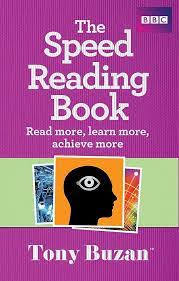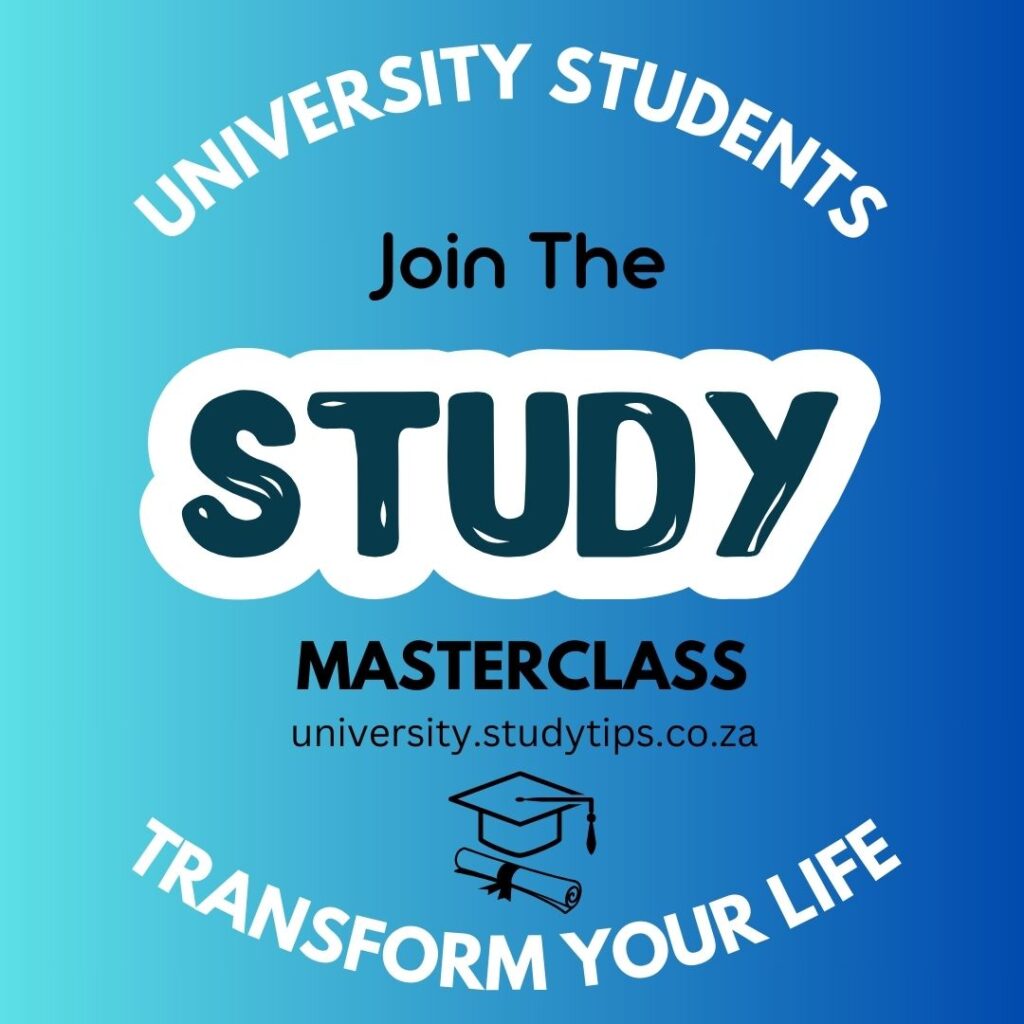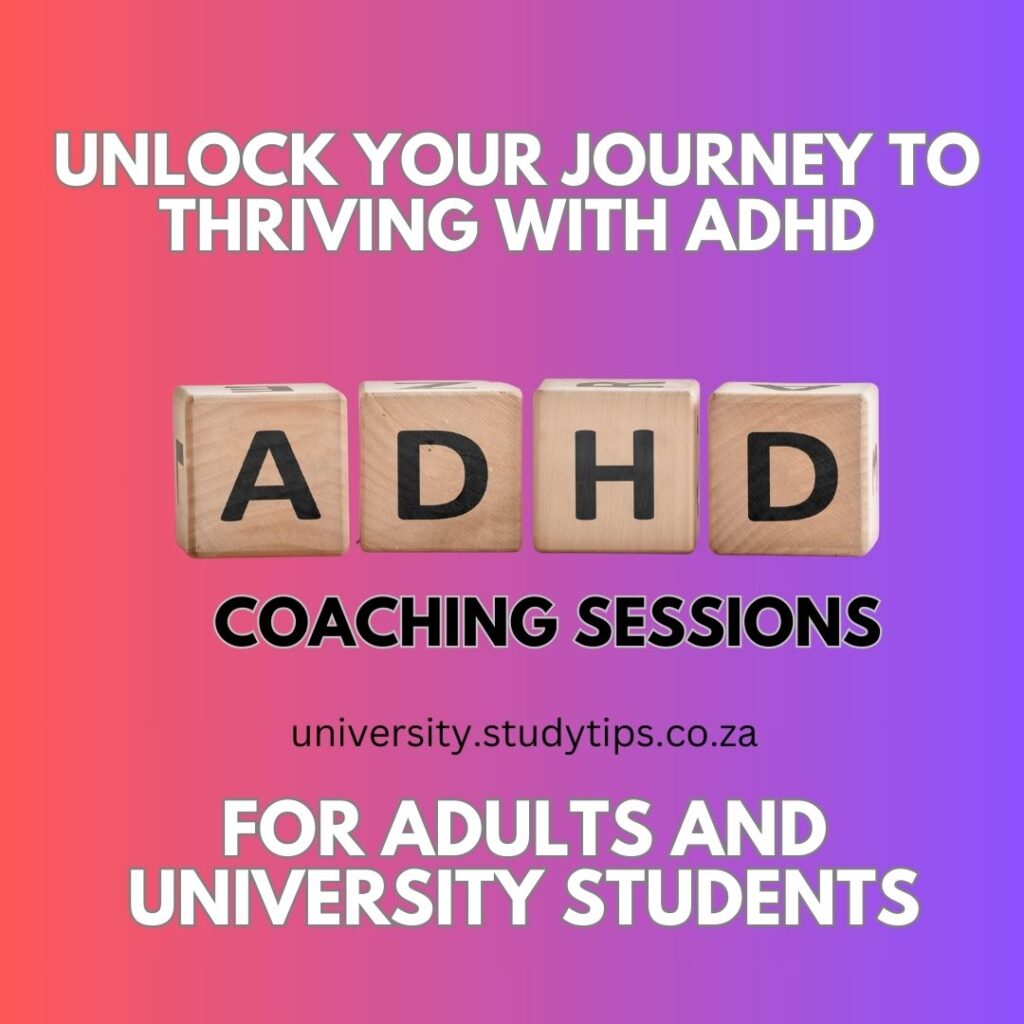Ever stare at a stack of academic texts feeling like you’re facing Mount Everest? You’re not alone. Dense academic language, complex concepts, and seemingly endless pages can make even the most dedicated student feel overwhelmed. Here are effective reading strategies to help you conquer those textbooks and extract the knowledge gems within.
1. Skimming: Your Sneak Peek Tool
Think of skimming as the “executive summary” of reading. You’re not diving deep, but rather getting a bird’s-eye view of the text’s structure and key points. This works wonders for:
Finding relevant readings: When swamped with research papers, skim abstracts, introductions, and conclusions to identify those most relevant to your topic. Imagine researching climate change’s impact on biodiversity. Scanning abstracts can quickly point you toward the right studies. Tony Buzan, in his book Speed Reading, suggests spending only 5-10% of your time skimming to get a general sense of the text’s relevance.
Grasping overall structure: Before diving into a dense chapter, skim headings, subheadings, and bold text to understand the main ideas and how they’re organized. Remember, a roadmap helps you navigate any terrain, even academic ones! Mortimer J. Adler and Charles Van Doren, in their classic How to Read a Book, emphasize the importance of skimming first to “discover the author’s purpose and plan.”
Scan To Find Specific Information
Need specific details like dates, statistics, or definitions? Then put on your detective hat and start scanning! This technique involves searching for keywords, figures, or even the index and table of contents.
- Hunting for precise details: Writing an essay on the French Revolution? Don’t read the entire chapter! Scan the index for specific events and their dates. Mike Wallace and Alison Wray, in Critical Reading and Writing for Postgraduates, remind us that scanning is “not about understanding everything, but about finding specific pieces of information quickly and efficiently.”
Active Reading: Deep Dive for Understanding
This is where you truly transform from a casual reader to an engaged scholar. Active reading involves interacting with the text, asking questions, and summarizing key points. Think of it as having a conversation with the author!
Highlighting key ideas: Underline important arguments, concepts, and definitions. But remember, highlight strategically, not everything! As Adler and Van Doren advise, “highlighting should be a tool for focusing on the author’s key ideas, not a substitute for active reading.”
Questioning the author: As you read, ask yourself: “What’s the author’s main point?” “Do I agree with their arguments?” “What evidence do they use?” Engaging your critical thinking deepens your understanding.
Summarizing in your own words: After each section, paraphrase the main ideas in your own words. This forces you to process the information and solidifies your understanding. Imagine analyzing an essay on existentialism. Summarizing each paragraph in your own words clarifies the concepts and helps you remember them better.
Should You Use All 3 Methods?
Absolutely!
Think of these strategies as your academic toolkit. The best approach depends on your specific needs and the type of text you’re reading.
Here’s a recommended step-by-step guide:
- Start with Skimming: Get a general overview of the text’s content and structure. This helps you decide if it’s relevant and how much time to invest.
- Scan for Specific Information: If you need concrete details like dates or definitions, scan the text for keywords or use the index/table of contents.
- Engage in Active Reading: For in-depth understanding and retention, use active reading techniques like highlighting, questioning, and summarizing.
Remember: Practice makes perfect! Experiment with these strategies and find what works best for you. With the right tools and a thirst for knowledge, you can turn those daunting textbooks into stepping stones to academic success!








